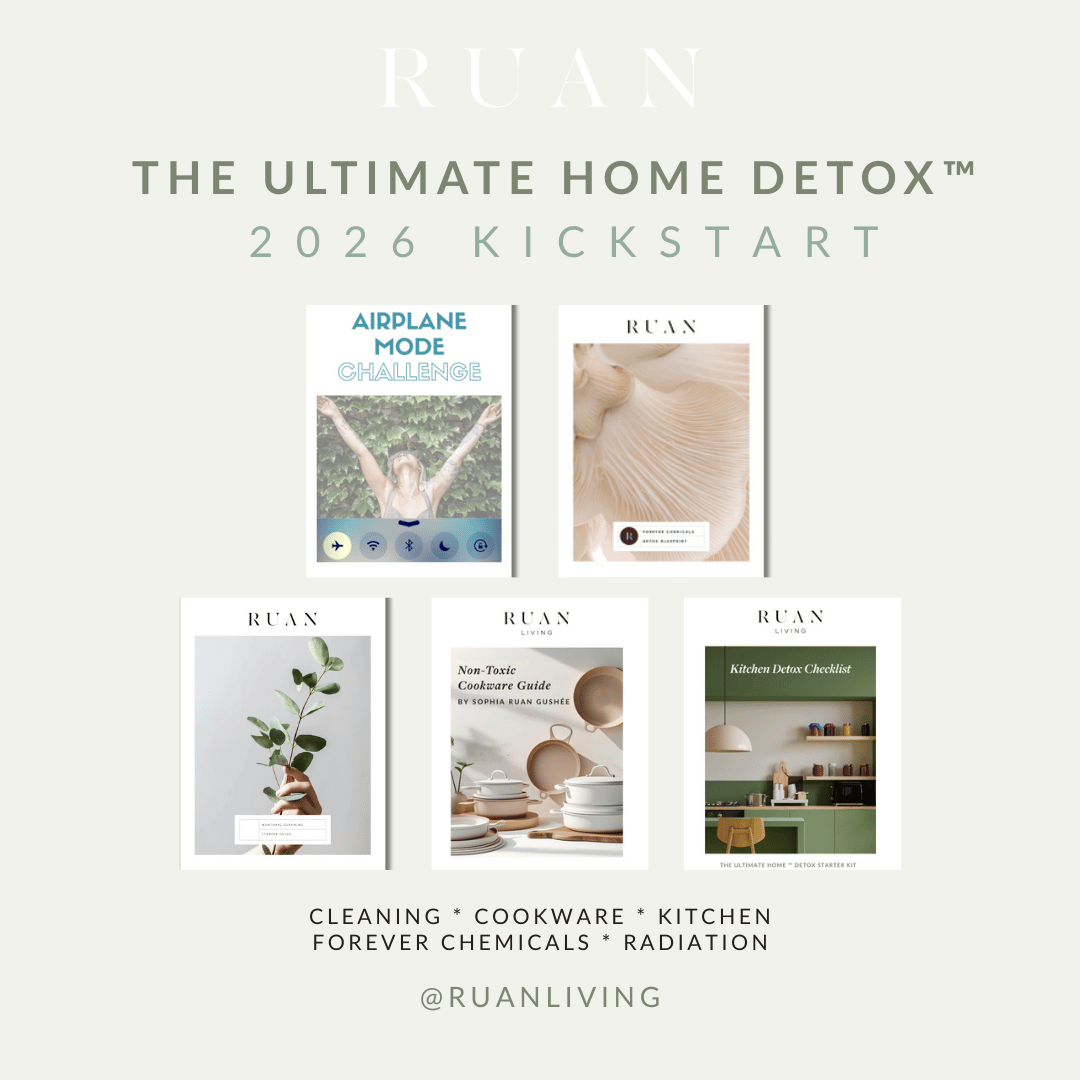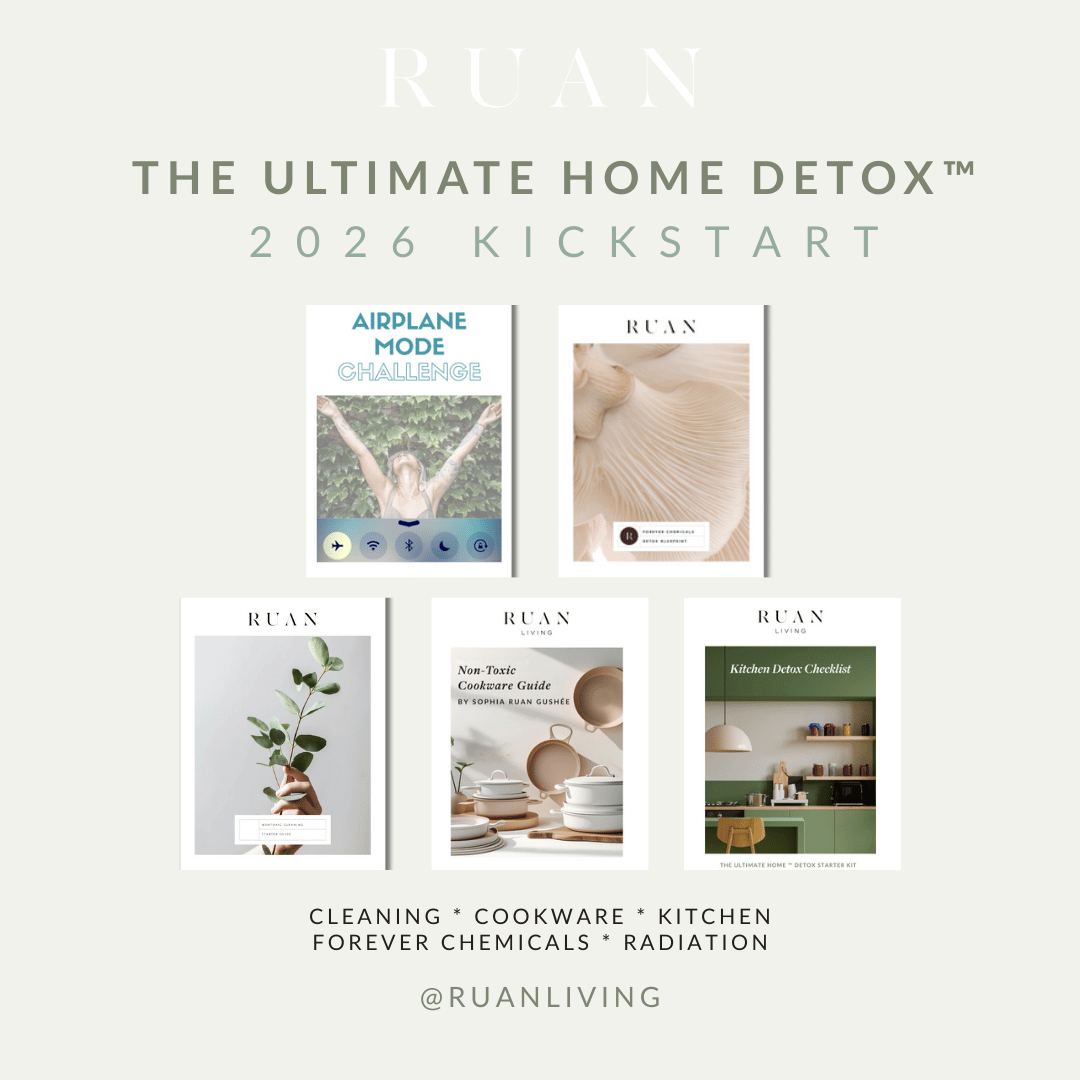
Microplastics in plastic bottled water versus tap water
Dec 05, 2023by Sophia Ruan Gushée
Most people assume that plastic bottled water is superior—more pure—than tap water. But, is it?
In this article, you'll learn:
- If plastic bottled water or tap water is better for you.
- How does the water contamination in plastic bottled water compare to the water contamination in tap water?
- More specifically, how do the microplastics in water from plastic bottled water compare to microplastics in tap water?
- You'll also learn one simple tip that can help protect you and our environment.
Humans love bottled water
Bottled water is very popular. Of the more than $100 billion spent annually on bottled water worldwide, Americans spend approximately 12 percent of that global total (EcoWatch 2016).
Guess how many plastic water bottles are sold every minute across the world?
The answer: One million plastic bottles are sold every minute, according to a 2021 article that was published on the National Library of Science PubMed!
Guess how much volume we drink of bottled water?
An answer: Americans consumed 15 billion gallons of bottled water in 2020. Another way to look at it: On average, each American drank 45.2 gallons of bottled water, which is a 3.5 percent increase over the previous year. (International Bottled Water Association 2021)

Reduce your environmental impact of microplastics
Before we dive into which type of water—plastic bottled water or tap water—is less contaminated (and, therefore, better for you), we have to get updated on the environmental impact of plastic water bottles on our planet.
Estimates vary, but, according to the Container Recycling Institute, more than 60 million plastic water bottles are thrown away—each day—in the US alone. Since plastic takes many years to biodegrade, plastics are accumulating in landfills, bodies of water, wildlife, our food supply, and us. We can significantly help the environmental impact of plastic by avoiding plastic water bottles when possible.
Recycling is a myth
Plastic water bottles don't get recycled as often as you probably assume. For example, the US EPA estimates that less than 30% of plastic water bottles are recycled. So the best way to alleviate plastic pollution is to reduce our consumption of it.

Use your purchasing power for good
The average person uses 13 plastic water bottles a month, or over 150 water bottles a year. By opting for a reusable water bottle, you can help cut down on plastic pollution by approximately 156 plastic water bottles each year, according to Project Clean Water. This will help slow down the environmental impact of microplastics.

Ruan Living now sells stainless steel water bottles to help you avoid plastic ones. Drinking from stainless steel water bottles also helps protect you from the health risks of microplastics. Since more than 13,000 chemicals are used in plastics, and about a quarter have been classified as hazardous, it's generally safer to avoid drinking from plastic water bottles whenever possible. (EcoWatch 2023) However, there are exceptions (explained further below), and drinking from plastic water bottles is better than dehydrating yourself so sometimes plastic water bottles is very helpful! The point is to choose mindfully.
Plastic pollution and toxic chemicals from plastic bottles contaminate our outer ecosystems
Bottled water has never been more popular. While North America has the highest consumption rate of bottled water (30%), Europe (29%) and Asia (27%) are not far behind. Non-existent in the early 1990s, bottled water now outsells all other packaged beverages (by volume) for the fifth year in a row in America, according to the Beverage Marketing Corporation (BMC). One driver of growth has been consumers wanting to switch from less healthy packaged drinks, according to International Bottled Water Association 2021. However, you can turbo-boost your healthy living efforts through your water-drinking behavior: Use your nontoxic reusable water more to reduce plastic pollution, microplastics in water, the environmental impact of microplastics, and the health risks of microplastics!
According to Project Clean Water:
The rate of plastic bottle pollution reaching our oceans is expected to increase to two garbage trucks per minute by 2030 and four garbage trucks per minute by 2050. By 2050, this could mean there will be more plastic than fish in the world’s oceans.
Plastic pollution and toxic chemicals from microplastics in water can pollute your inner ecosystem
Let's now get to us, humans.
As mentioned above, it's estimated that of the more than 13,000 chemicals that are used to create plastics, approximately 25% are hazardous. These chemicals do not stay in the plastics: They can leach from the plastic water bottles into the water and our soil, bodies of water, wildlife, and food supply, and ultimately accumulate in our bodies. More on that later...
In addition, since plastics take so long to biodegrade, they continue to break down into tinier and tinier pieces of plastics so the water contamination consists of both toxic chemicals AND microplastics. After a study found microplastics in 93% of bottled water, the World Health Organization (WHO) launched an investigation of the risks of microplastics in drinking water. Conducted by the State University of New York in Fredonia, below are key highlights of the study on microplastics in plastic bottled water (Forbes 2018):
- 259 bottles of water from 11 brands across nine countries were tested.
- Bottles were bought in China, Brazil, India, Indonesia, Mexico, Lebanon, Kenya, Thailand and the U.S.
- Of all the bottles tested, only 17 were found to be free of plastic.
- On average, each liter sold contained 325 pieces of microplastic, including polypropylene, nylon, and polyethylene terephthalate. In one case, a bottle of Nestlé Pure Life contained more than 10,000 pieces of microplastic. High levels were also found in bottles of Bisleri (5,230), Gerolsteiner (5,160) and Aqua (4,713).
In comparison to the average of 325 microplastics that were found in a liter of bottled water, 5.5 microplastics per liter were found in tap water, according to Sherri Mason, a Penn State researcher.

After finding hundreds of toxic compounds in recycled plastics, scientists reported:
Because more than 13,000 chemicals are used in plastics, a quarter of which have been classified as hazardous, scientists have said that “no plastic chemical [can be] classified as safe,” according to the press release.
—"‘No Plastic Chemical Can Be Classified as Safe’: Study Finds Hundreds of Toxins in Recycled Plastics, by Cristen Hemingway Jaynes, November 10, 2023, EcoWatch
Nanoplastics are much smaller than microplastics. With advances in technology, scientists have discovered nanoplastics in bottled water.
- Click here to read more: "Uncovering the Hidden Dangers: Plastics in Food and Drinking Water and Their Health Consequences."

Plastic pollution in us
Ultimately, plastic pollution in our outer ecosystems creates plastic pollution in our inner ecosystems. Microplastics have been detected in human placenta, testis and semen, and breastmilk.
Summary
So, is plastic bottled water more pure than tap water? Which is better for you?
It depends because the quality of tap water varies as does the quality of water from plastic bottled water. In some cases, tap water has dangerously high levels of contaminants like in the 2014 case of Flint, Michigan. However, generally speaking, tap water is more regulated than plastic bottled water. Tests conducted have too often found that tap water has fewer contaminants than plastic bottled water.
The FDA regulates bottled water, while the EPA regulates tap water. The EPA has more stringent restrictions, and inspection regimens, and is required to send an annual water quality report to its residents disclosing this information. The FDA, on the other hand, has less strict disclosure of consumer information about bottled water and does not require disclosure of bottled water sources, treatment processes, and any contaminant reports.
In addition, the plastic bottle is often a source of toxic chemicals. Since thousands of chemicals are used to create plastic and some of these chemicals can leach into the water, plastic bottled water too often contains chemicals from plastics and significantly more microplastics.
A simple solution to reduce your consumption of toxic chemicals and microplastics in water is to use your nontoxic reusable water bottle as often as possible. Ideally, you would fill it up with filtered tap water. Learn more about finding the best water filter for your budget in Practical Nontoxic Living podcast episode 48: Detox Your Home's Water and Sleep Areas. This will also help reduce the health risks of microplastics in water and improve the environmental impact of microplastics.
A simple solution to reduce water contamination and save money
We hope that this article motivates you to use your nontoxic reusable bottle more often! Doing so will inspire others to use their nontoxic reusable water bottle more often too. Collectively, each time we choose to avoid plastic consumption, we're reducing plastic pollution of our landfills, bodies of water, food supply, drinking water, and in us.
Another bonus: You will save money! It’s estimated that a $20 reusable water bottle will save you $6,180 in five years, according to Project Clean Water.
You may also be interested in
- Toxic Chemicals in Your Body: Protect Your Development, Fertility, and Peace of Mind (Practical Nontoxic Living podcast)
- What Are The Safest Pans To Cook With & The Best Non Toxic Cookware?
- Why I spent 8 years writing A to Z of D-Toxing (Non Toxic Environments podcast)
- The D-Tox Academy's Water Detox section helps save you time in learning which water filter is best for your budget. Learn which questions to ask when examining water filters, and which water filters made our list.
- Uncovering the Hidden Dangers: Plastics in Food and Drinking Water and Their Health Consequences


